Gardeners worldwide are often ambivalent about dandelions (Taraxacum officinale). On one hand, they are persistent weeds that infiltrate lawns and garden beds. On the other, they offer a surprising array of benefits to soil, pollinators, and even humans. So—should you pull dandelions or leave them be? The answer isn’t straightforward. The better question is: under what conditions should you remove them, and when might it be beneficial to let them grow?
This article explores plant biology, ecosystem roles, drawbacks, expert insights, and practical strategies—so you can make an informed, balanced decision.
1. Understanding Dandelions: Biology & Ecology
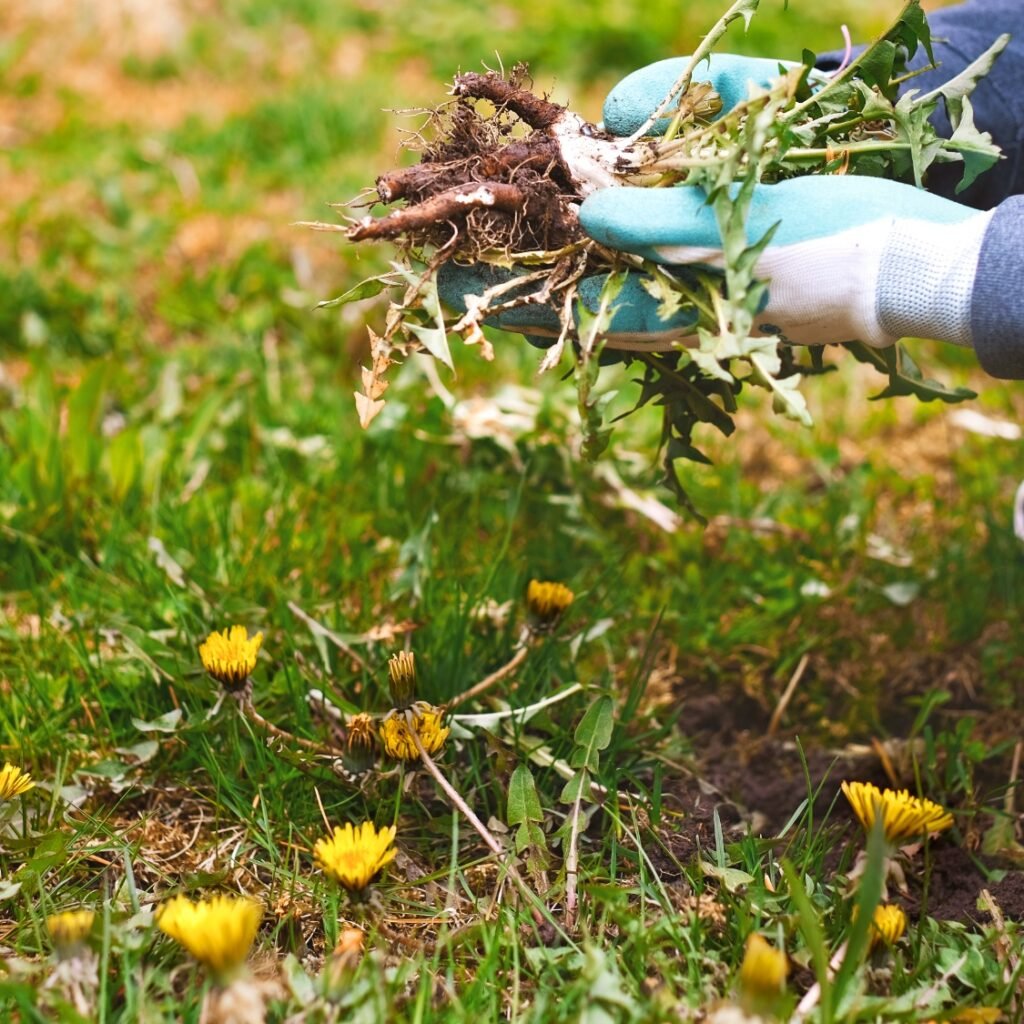
1.1 Root System and Regrowth
Dandelions are perennial plants with deep taproots that can grow up to 10 inches or more. This allows them to survive tough conditions and regenerate even when most of the plant is removed. If even a small piece of the root is left in the soil, the plant can regrow, making complete removal difficult.
1.2 Seed Dispersal and Growth
Dandelions are prolific seed producers. Each puffball head can disperse hundreds of lightweight seeds that travel far with the wind. This means that even if you remove all dandelions from your yard, seeds from nearby areas can easily repopulate it.
Dandelion seeds germinate under a wide range of conditions, making them highly adaptable to lawns, cracks in sidewalks, and even gravel pathways.
1.3 Environmental Role
Dandelions serve several ecological functions:
- Pollinator Support: They bloom early in the spring when few other flowers are available. Their nectar and pollen are essential food sources for bees, butterflies, and other pollinators during this time.
- Soil Improvement: Dandelion roots break up compacted soil and bring nutrients from deeper layers to the surface, improving the overall soil structure.
- Ecosystem Diversity: In wildflower lawns or “no-mow” areas, dandelions contribute to plant diversity, supporting various insects and wildlife.
2. Reasons to Pull Dandelions
While dandelions offer benefits, there are legitimate reasons to remove them—especially in certain gardening or landscaping contexts.
2.1 Aesthetic Standards
For many homeowners, dandelions interrupt the uniform green look of a well-maintained lawn. The yellow blooms and fluffy seed heads are considered unsightly in traditional landscaping aesthetics.
2.2 Competition with Desired Plants
In gardens and lawns, dandelions compete with other plants for sunlight, nutrients, and water. In thin or unhealthy turf, they can quickly dominate the space, outcompeting grass and ornamental plants.
2.3 Preventing Spread
Because they produce so many seeds, controlling dandelions early prevents future infestations. Allowing them to flower and go to seed will only increase their presence.
2.4 Easier Removal When Young
Young dandelions have smaller roots and are easier to pull. Once they mature, their taproots deepen, making complete removal more difficult and time-consuming.
2.5 Garden Bed Protection
In flower or vegetable beds, dandelions can spread aggressively and interfere with crops or ornamental plants. In these areas, removal is often necessary to maintain healthy plant competition.
3. Reasons to Leave Dandelions
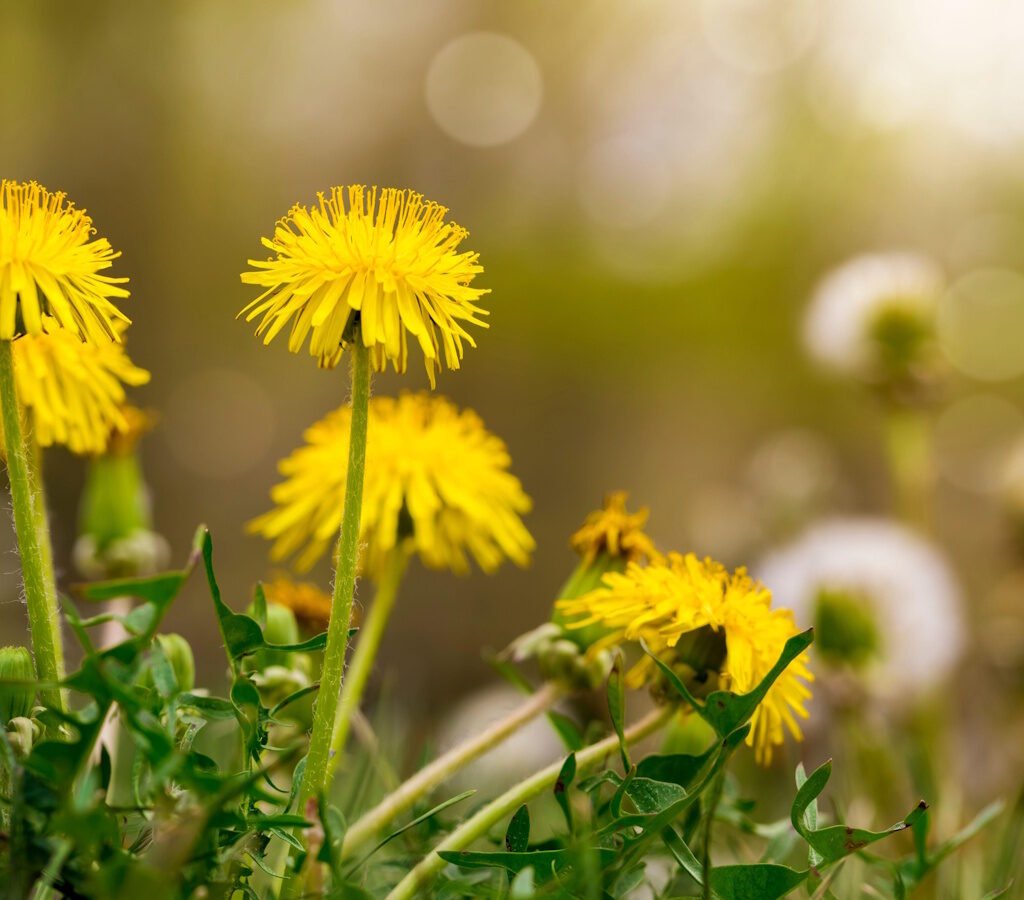
There are equally strong arguments for tolerating dandelions, especially in less intensively managed landscapes.
3.1 Benefiting Pollinators
Dandelions are an early and vital food source for pollinators. Leaving them to bloom for a few weeks in early spring can help support bee populations, especially before other flowers emerge.
3.2 Soil Health Benefits
Their taproots break up compacted soil and draw nutrients like calcium and potassium to the surface. Over time, this can improve soil fertility and aeration, especially in degraded or poor-quality soil.
3.3 Wild or Naturalistic Landscaping
Gardeners who embrace “weedscaping” or wildflower lawns often include dandelions as part of a diverse and low-maintenance planting strategy. In such contexts, the presence of dandelions is more a feature than a flaw.
3.4 Human Uses
Dandelions are entirely edible. The leaves can be eaten raw or cooked, the flowers used in teas or wine, and the roots roasted as a coffee substitute. They also have a long history in herbal medicine for supporting liver health and digestion.
3.5 Reduced Chemical Dependence
Frequent use of herbicides or harsh DIY remedies to remove dandelions can damage nearby grass, soil microbes, and even pollinators. Tolerating some dandelions reduces the need for constant chemical interventions.
4. What the Experts Say: Finding a Balance
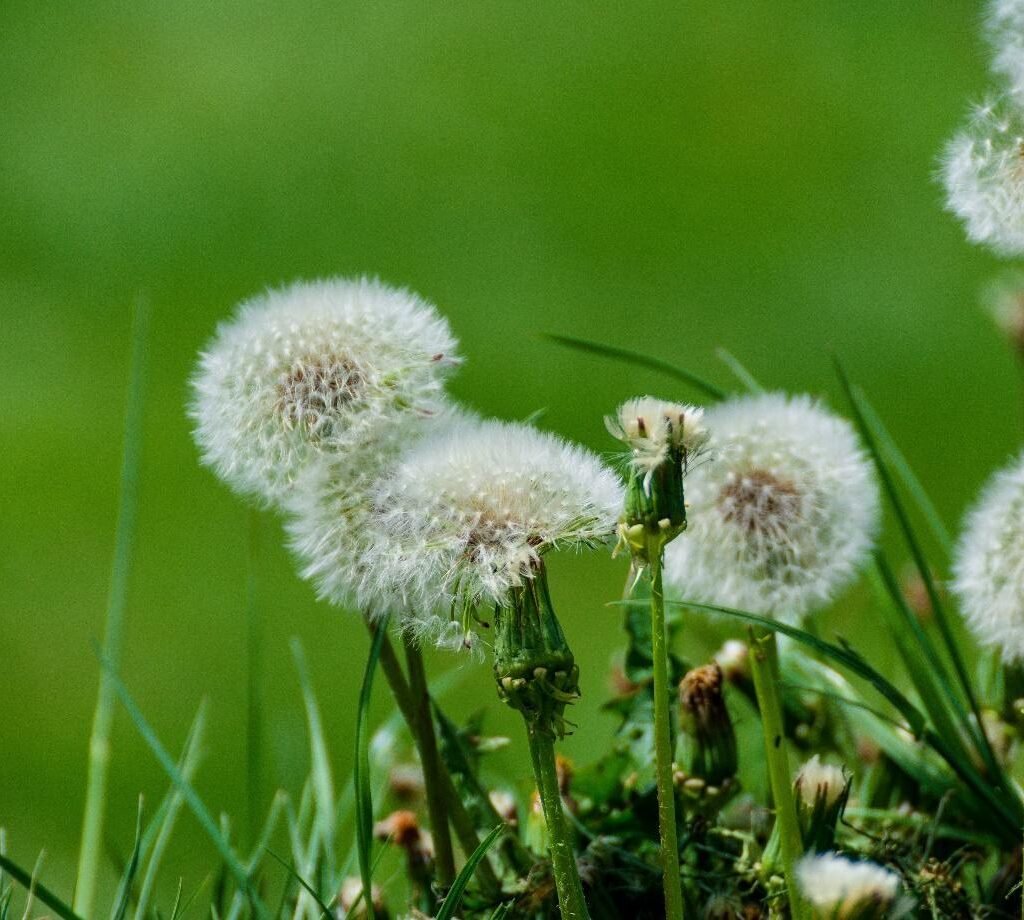
Most horticulturists and landscape experts advocate for a contextual, balanced approach. Rather than a rigid “pull everything” or “let everything grow” policy, a more nuanced strategy is encouraged.
4.1 Consider Timing
- Moist soil makes dandelion removal easier and more successful.
- Remove plants before they bloom or seed to reduce spread.
- If using herbicides, late summer to fall is most effective because plants send nutrients to the roots during this time, helping herbicide reach the taproot.
4.2 Let Them Bloom, Then Control
Some experts recommend letting dandelions flower in early spring to support pollinators. Once other flowers start blooming, you can begin removing dandelions to limit spread.
4.3 Use the Right Tools
- Use a dandelion fork or weed puller to extract as much of the taproot as possible.
- Loosen the soil first to minimize root breakage.
- Fill the resulting hole and overseed with grass to prevent future invasions.
4.4 Avoid Ineffective Home Remedies
DIY methods like vinegar, boiling water, or salt can harm surrounding plants and degrade soil health. Spot-pulling or selective herbicides are often more effective and less damaging when used properly.
4.5 Maintain a Healthy Lawn
A thick, well-fertilized, and properly mowed lawn resists weed invasion. Regular aeration, overseeding, and balanced fertilization strengthen turf and limit opportunities for dandelions to take hold.
5. Practical Decision Framework
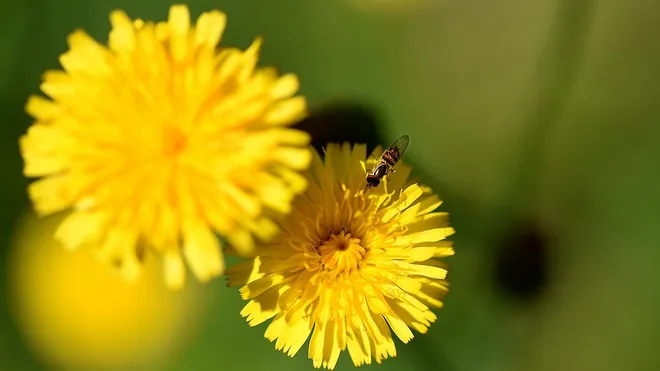
Here’s a step-by-step guide to help decide whether to pull or leave dandelions in any specific situation:
| Step | Question | Action |
|---|---|---|
| 1 | Is the area a lawn, garden bed, or wild space? | Remove from beds; tolerate more in wild areas. |
| 2 | Are dandelions blooming or going to seed? | Remove before seeding for better control. |
| 3 | Is the soil moist or compacted? | Wait for moist conditions for easier removal. |
| 4 | Are pollinators active with no other blooms available? | Delay removal until other flowers bloom. |
| 5 | Do you plan to reseed or improve turf afterward? | Reseeding helps prevent re-invasion. |
6. Addressing Common Objections
“Leaving dandelions makes your yard look messy.”
Not necessarily. Selective tolerance—removing some while leaving others—can maintain order while supporting pollinators and soil health.
“Pulling dandelions never works; they just grow back.”
True, unless you remove the entire taproot or combine manual removal with preventive care like overseeding and fertilization.
“Dandelions are harmful to pets or kids.”
Dandelions are not toxic. In fact, they’re edible and safe. However, herbicides used to kill them may pose a greater risk.
7. Conclusion: Pull, Tolerate, or Both?
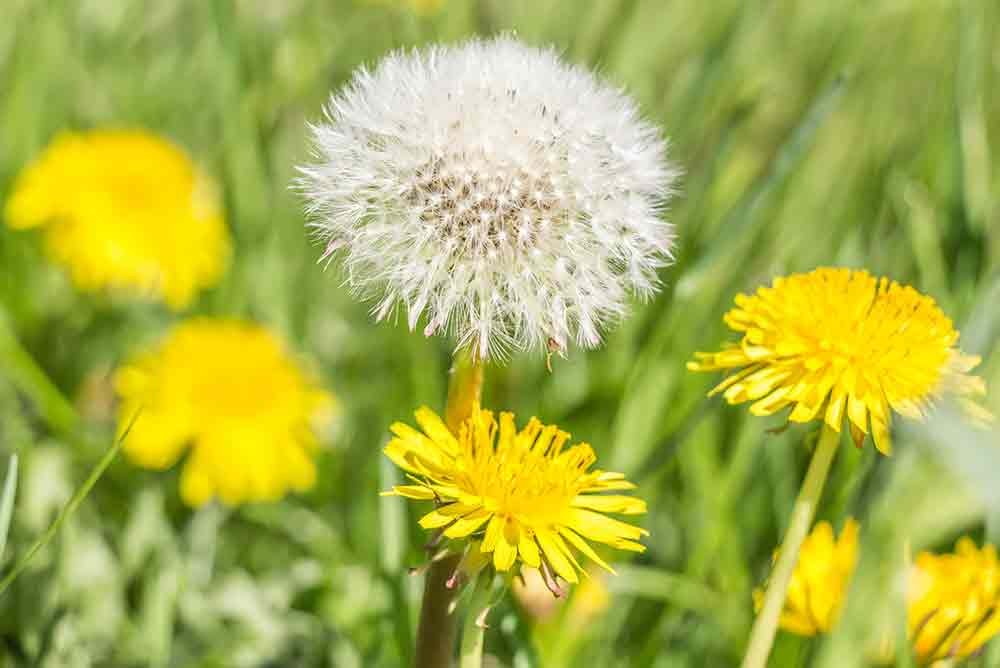
In the end, whether you should pull or leave dandelions depends on your goals, location, and level of tolerance. Dandelions are not simply weeds—they are complex, adaptive plants with both benefits and drawbacks.
Pull dandelions when:
- They’re invading garden beds or outcompeting other plants
- A tidy, uniform lawn is your priority
- They’re about to seed
Leave dandelions when:
- You’re supporting pollinators in early spring
- You prefer a low-maintenance or ecological garden
- You want to improve soil health naturally
The smartest approach, as many experts agree, is not eradication, but integration. Let dandelions work for you—within reason—and your garden may be healthier, more diverse, and more balanced because of it.
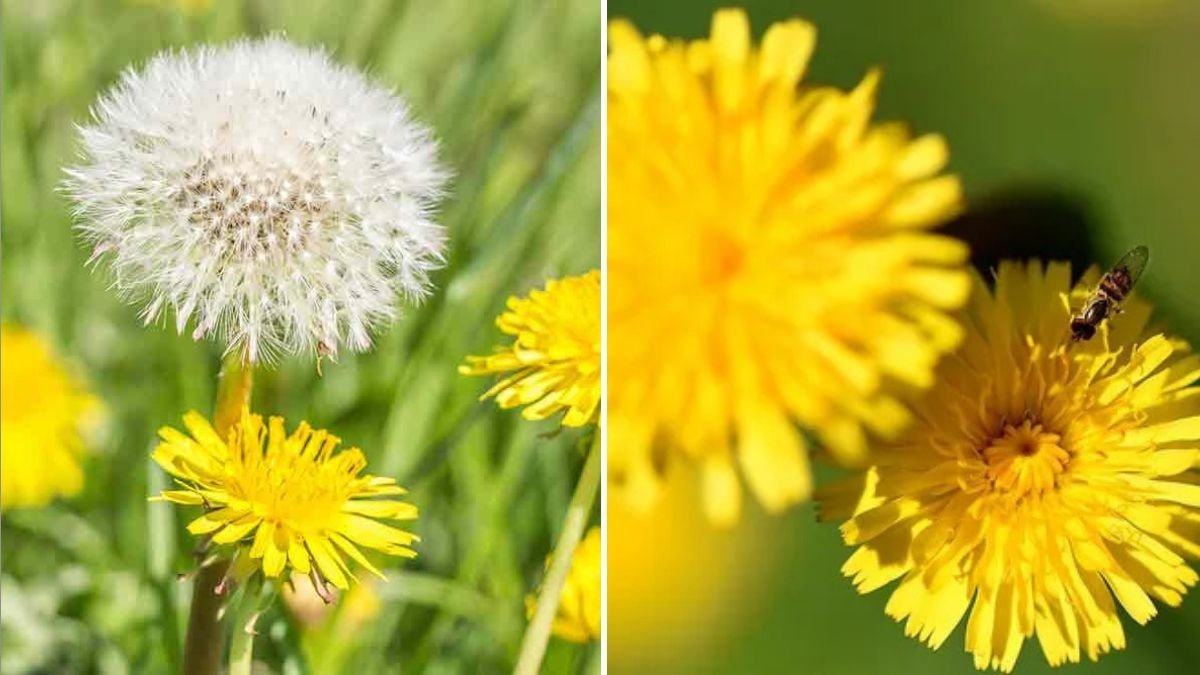





Leave A Comment